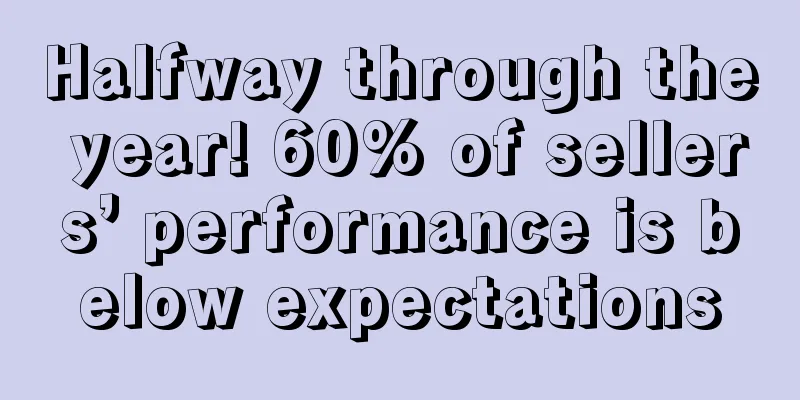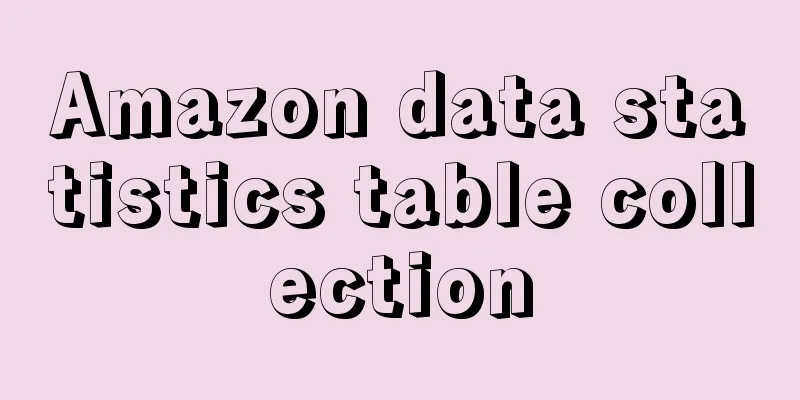Sellers, please take a look! Amazon has made several fee adjustments!

|
In the blink of an eye, the first quarter of 2024 has come to an end. In April, Amazon ushered in another cost adjustment. According to Amazon's announcement, starting April 1, 2024, Amazon will charge a low inventory level fee for standard-size products whose inventory levels are consistently lower than buyer demand. Specifically, when a product’s long-term historical supply days in the past 90 days and its short-term historical supply days in the past 30 days are both less than 28 days (i.e., 4 weeks), the platform charges a low inventory level fee for the product. This fee is charged per unit shipped, with tiered rates based on size and historical days of supply for standard -sized units. - Small standard size items cost between $0.32-$0.89; - Large standard-size items (up to 3 pounds) are charged between $0.36 and $0.97; - Large standard-size items (3-20 lbs) will cost between $0.47-$1.11. Recently, Amazon announced that there will be a one-month transition period for the collection of low inventory level fees. All low inventory fees collected between April 1 and April 30 will be refunded in May. Starting May 1, Amazon will charge low inventory fees based on size segmentation, shipping weight and historical supply days, and no refunds will be given. This adjustment has a greater impact on seasonal products . According to the new rules: "Low inventory level fees will only be charged if the long-term historical supply days (past 90 days) and short-term historical supply days (past 30 days) of the product are both less than 28 days." Therefore, sellers need to ensure that at least one of the supply days (long or short) is more than 28 days to avoid paying this fee. The low inventory fee will also be waived if the seller: 1. New Professional Selling Accounts: This fee is waived within 365 days of the first batch of inventory being received; 2. For new parent ASINs, this fee is waived within 180 days of the first batch of inventory being received. Sellers must join the Amazon Logistics New Product Warehouse Promotion Program to enjoy this benefit; 3. This fee is waived for products using Amazon Auto-Replenishment. Several fees will be adjusted soon Amazon's fee adjustments are still ongoing, and several more fees will be adjusted next. Starting from April 1, Amazon introduced a more detailed fee segmentation for the storage utilization surcharge and began to charge this fee to professional sellers with storage utilization exceeding 22 weeks. In other words, sellers who use professional accounts and whose warehouse utilization rate exceeds 22 weeks are required to pay the warehouse utilization surcharge, while inventory with an age of 0-30 days does not need to pay the surcharge. Starting April 15, Amazon Fulfillment Fees will be reduced for standard-size and large-size oversized items. Comparing before and after the fee adjustment, the average price of standard-sized items will be reduced by $0.20 per item, and the average price of non-standard-sized items will be reduced by $0.61 per item. Starting June 1, Amazon will expand the scope of return processing fees to include high-return rate products in all categories (except clothing and footwear). For products delivered in a given month, the platform will charge a fee for each returned item that exceeds the return rate threshold. The specific standards have not yet been announced. Amazon's policies are ever-changing. In order to ensure the normal operation of the store, sellers must be familiar with the changes in various rules and always keep the store planning reasonable and compliant operations to avoid any adverse effects on the store. |
<<: Urgent notice! Another new rule from Amazon is enforced!
>>: Amazon launches new feature, one-click shopping on search page
Recommend
Seller costs have risen again! USPS announced that it will impose a peak season surcharge starting October 2!
<span data-docs-delta="[[20,"USPS"],[...
eBay's "Star Plan" is officially launched, with new product pre-sales to help Chinese brands go global
On August 24, eBay held a new "E-Creation Con...
US Customs seizes another batch of counterfeit watches! Total value exceeds $570,000!
WASHINGTON (AP) — The U.S. Customs and Border Prot...
What is Viral Launch? Viral Launch Review
Viral Launch is a software and services platform t...
Etsy launches new seller app! Adding product information is faster!
<span data-docs-delta="[[20,"获悉,近日Etsy发布公告...
New policy! The increase in variant weight does not mean you can do whatever you want!
Recently, Amazon has been secretly doing something...
What is Polish VAT Registration? Polish VAT Registration Review
The standard VAT rate in Poland is 23%. The regist...
What is ColorPop? ColorPop Review
ColorPop is the most popular over-the - counter co...
Following the trend of selling spittoons? A large number of stores were closed! But it is a big hit on Amazon!
Every cross-border seller will encounter the same ...
What is Easypaisa? Easypaisa Review
Easypaisa is known as the Pakistani version of &qu...
What is Square? Square Review
Square UP is a mobile payment service platform in ...
What is eBay listing? eBay listing review
eBay listing can be understood as uploading produc...
A large freight forwarder in Shenzhen was reported to have gone bankrupt and run away? A large number of sellers’ goods were seized!
According to the latest news from the Ministry of ...
32 Amazon operational issues (absolutely dry goods)
The above is only a part of it, and the file is r...
What is Ecomdash? Ecomdash Review
Ecomdash is a service tool designed for multi-chan...









